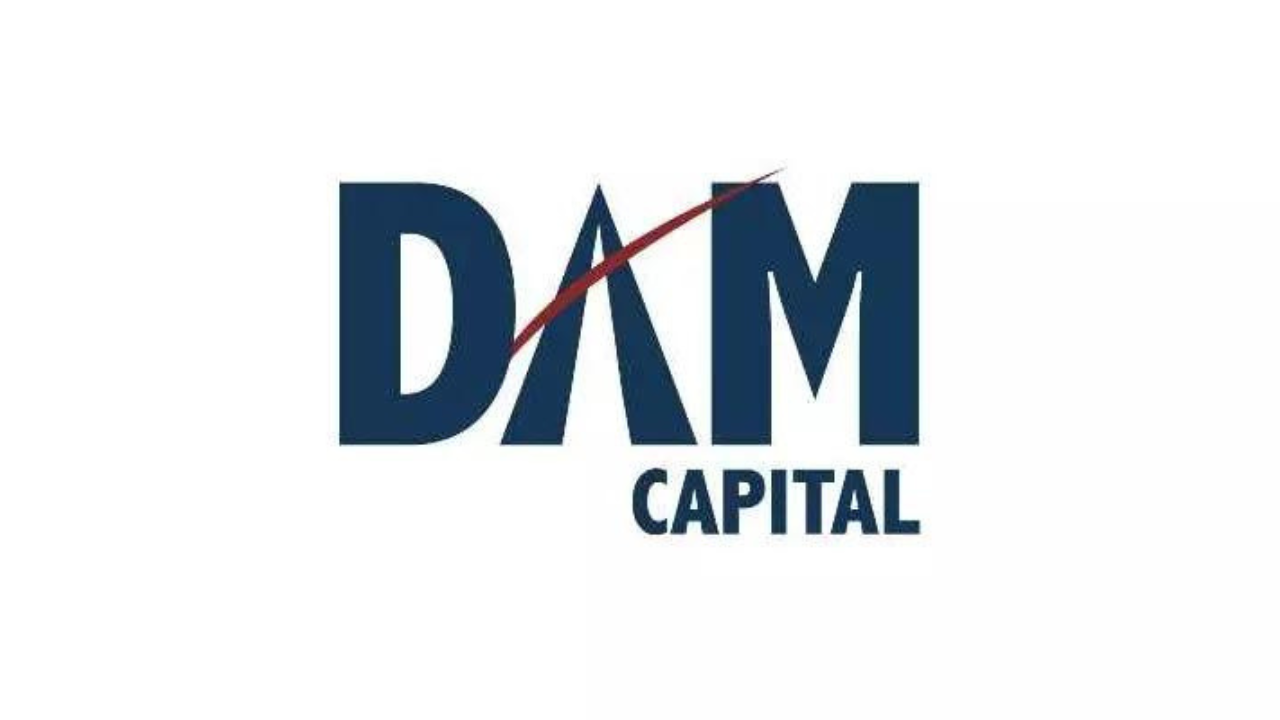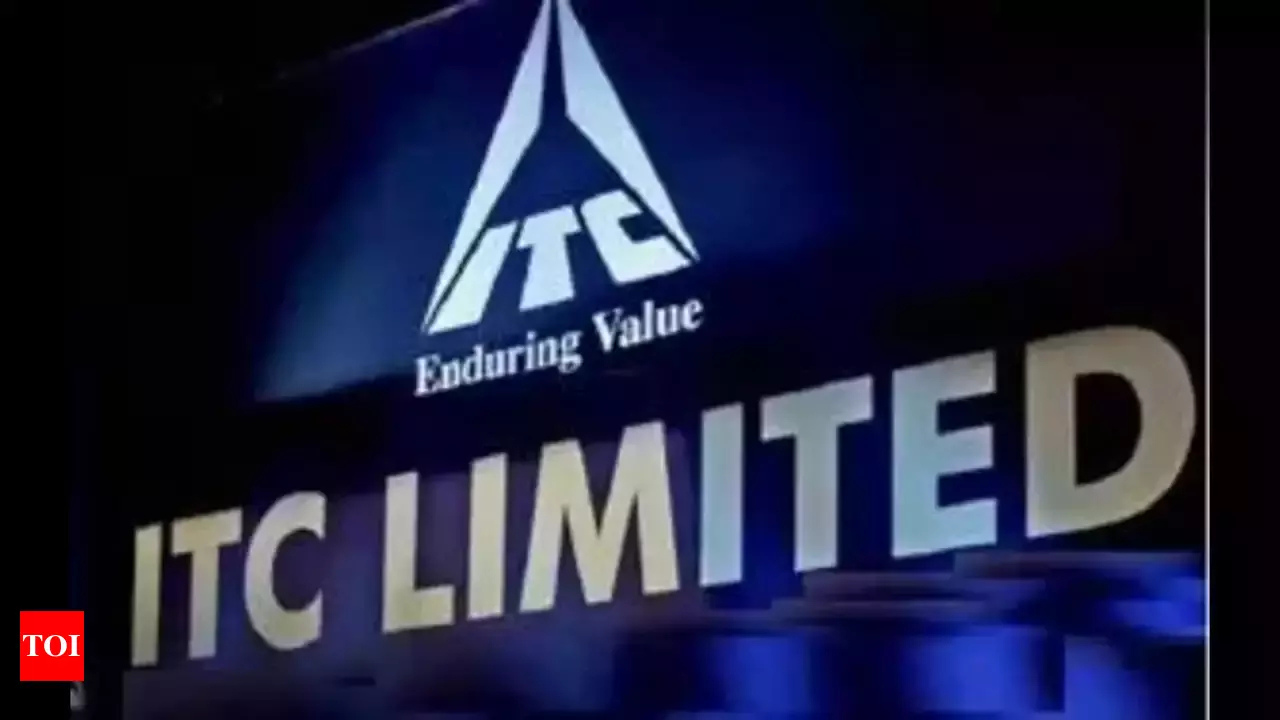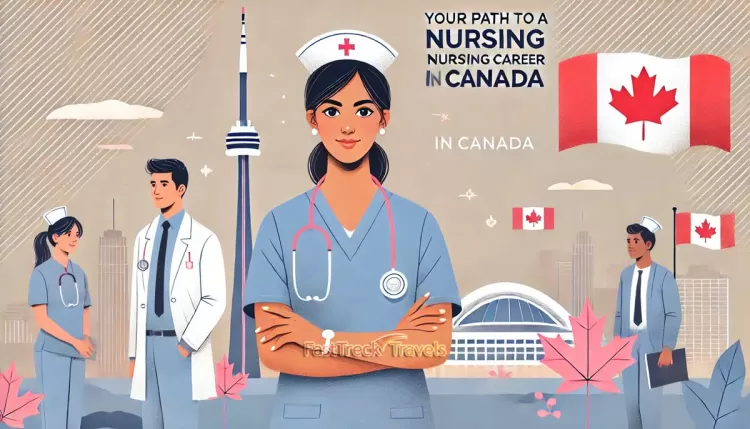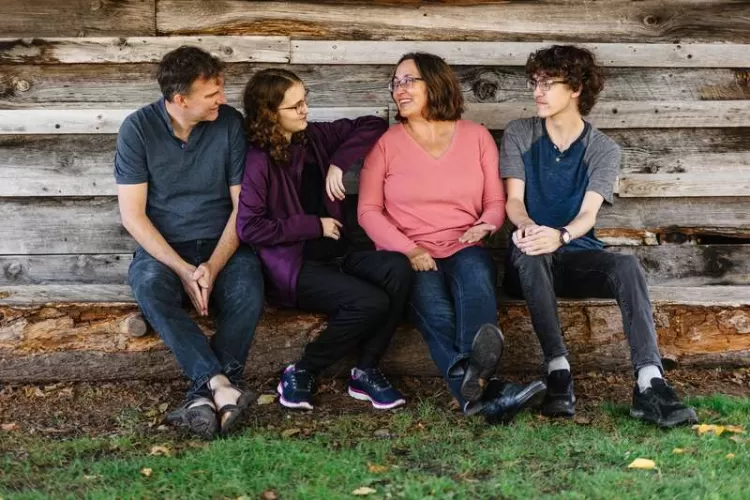A decade under Modi: Education spending declines, universities struggle with loans
A quick look at how the Modi government fared on reforming education in India.


Education spending
In its 2014 manifesto, the Bharatiya-Janata-Party-led government stated, “investment in education yields the best dividend”, and promised to raise public spending on education to 6% of the gross domestic product. In comparison, between 2004 and 2014, the Congress-led union government allocated an average of 0.61% of the GDP on education. Despite its promise, between 2014 and 2024, the Union government allocated an average of only 0.44% of the annual GDP to education each year.
Education policy
Among the steps that the government touted as a major achievement was the approval of the National Education Policy 2020, the first such policy since 1992. The policy itself received considerable criticism from the academic community. Among these criticisms were that it encouraged privatisation of public institutions, and digital enhancement of classrooms, though many lacked basic facilities. It was also criticised for creating numerous “exit” options for students, which opponents said would encourage dropouts; and for not being sufficiently inclusive of marginalised communities.
School enrollment and infrastructure
School enrollment has seen a steady increase over the last decade, from 96.7% in 2014, 97.2% in 2018 and 98.4% in 2022. Female enrollment, in particular, has risen. The percentage of girl students between the ages of 11 and 14 not enrolled in school dropped from 10% in 2006 to 2% in 2022.
Around 75% of schools have...



































![Safari Thorium Neo 8-Wheel Luggage Set Trolley Bags (Set of 3) at just Rs. 5,599 [MRP 29,100]](https://savefree.in/uploads/images/202409/image_870x580_66f63845060f0.webp?#)












![Handmade Brown Mango Wood Chopping Board At just Rs. 89 [MRP 599]](http://savefree.in/uploads/images/202303/image_870x580_641bf7e9c2206.jpg?#)


